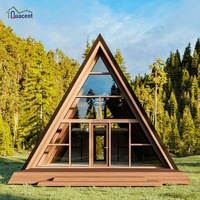
Investing in prefab house containers offers a unique blend of affordability and customization. These structures are generally more cost-effective than traditional homes, not only in terms of initial purchase but also in their conversion into personalized living spaces. The inherent mobility of shipping container homes is a significant advantage, allowing owners to relocate their dwellings with relative ease.
The potential for customization is vast; from simple, single-container layouts to elaborate multi-level and multi-container designs, the possibilities are nearly limitless. Internally, containers can be modified to suit individual preferences, with the addition of windows, doors, and other structural changes.
Environmentally, the repurposing of shipping containers for housing is a positive choice. It reduces waste and the energy consumption associated with building new structures from scratch. The steel construction of these containers also contributes to security and durability, offering a sturdy living environment that can withstand various conditions.
Furthermore, prefab container homes can be a smart investment in terms of expansion. They allow for easy scalability, accommodating changes in lifestyle or family size without the high costs associated with traditional home renovations. Lastly, the abundance of shipping containers means availability is high, making it easier to source the necessary units for a home project.


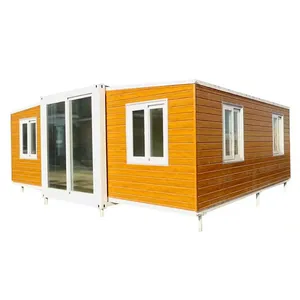



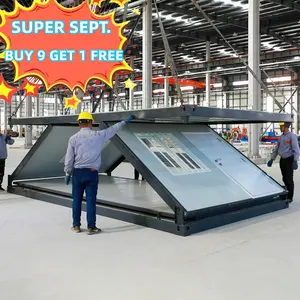


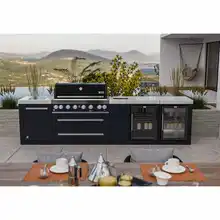









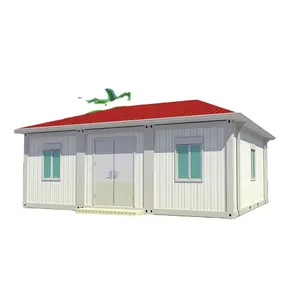

















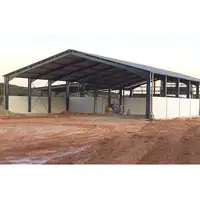









 浙公网安备 33010002000092号
浙公网安备 33010002000092号 浙B2-20120091-4
浙B2-20120091-4